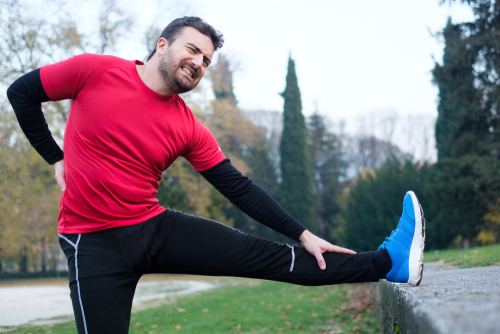Do you deal with aches and pains every day? Odds are that tense muscles could be the reason for this daily discomfort. If you have tense muscles, your go-to might be to do some passive stretching, which can be very helpful if done properly. But figuring out how to release muscle tension may require more than just stretching alone. Here are three options you can pair with stretches to help reduce muscle tension:
- Increase core strength
People who are trying to figure out how to release muscle tension should consider looking at their core. The core is a group of muscles responsible for stabilizing your pelvis and spine. Some of the muscles that are included in this group are the abs, obliques and back muscles, and weakness in such muscles can lead to a misaligned spine and pelvis. In turn, misalignment can easily create tension and other problems in muscles that aren’t in the core. One way to counteract this chain of events is to start increasing your core with core stability exercises, and this can include doing exercises like planks.
- Do more resistance training
Figuring out how to release muscle tension can also involve doing more resistance training. This type of training is actually intended to boost both strength and muscle flexibility, and a study published by the National Institutes of Health (NIH) reveals that resistance training can be better for improving flexibility than passive stretching. The key is to make sure you’re using the full range of motion of the muscle during each rep. For example, focus on getting your knee as close to the floor as possible and then straighten the legs completely during lunges.
- Try out a foam roller
You’ve probably seen foam rollers at the gym or at your local fitness store. But you may not have figured out how this tool can help release tension in your muscles. Foam rolling falls into a category that physical therapists call myofascial release. The goal of myofascial release is to apply pressure and specific movements to tense soft tissue, such as muscles. With foam rolling, it’s the combination of the roller and your body weight that supplies the pressure and movement, and it can be used to target tense muscles in the back, legs and many other areas. It’s a good idea to combine stretching and foam rolling to release the most tension from tight muscles.
SOL Physical Therapy can help you figure out how to release tension in chronically tight muscles
At SOL Physical Therapy, we’ve seen how much pain can be caused by overly tense muscles. If you’re looking for a way to release this tension, our team offers free screenings to help you determine the source of the tension. We can also build you a personalized treatment plan designed to treat chronically tense muscles, and this plan may include therapy techniques such as:
Don’t wait to start getting our help with your tense muscles. Contact our team today for more information or to schedule an appointment.

